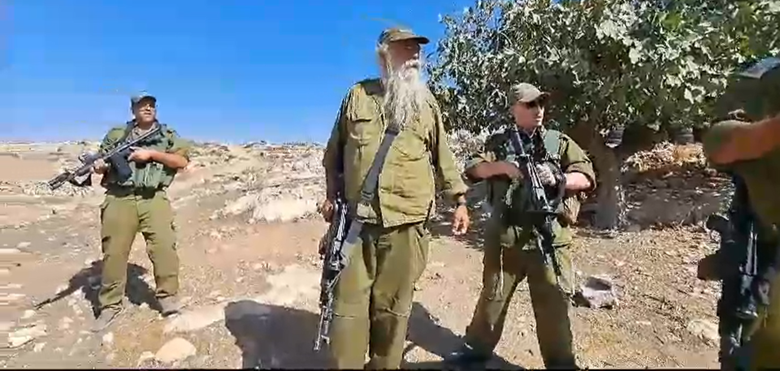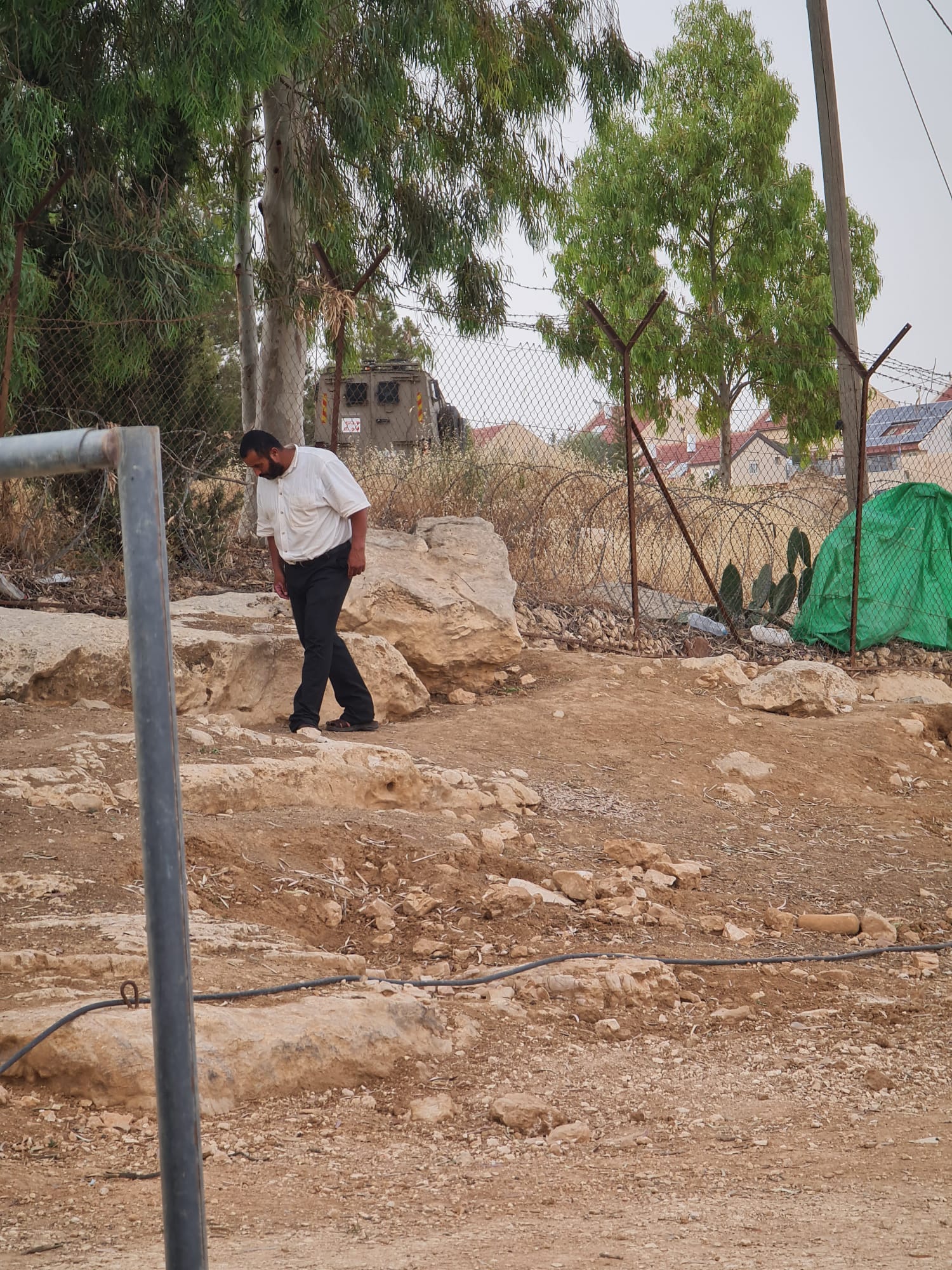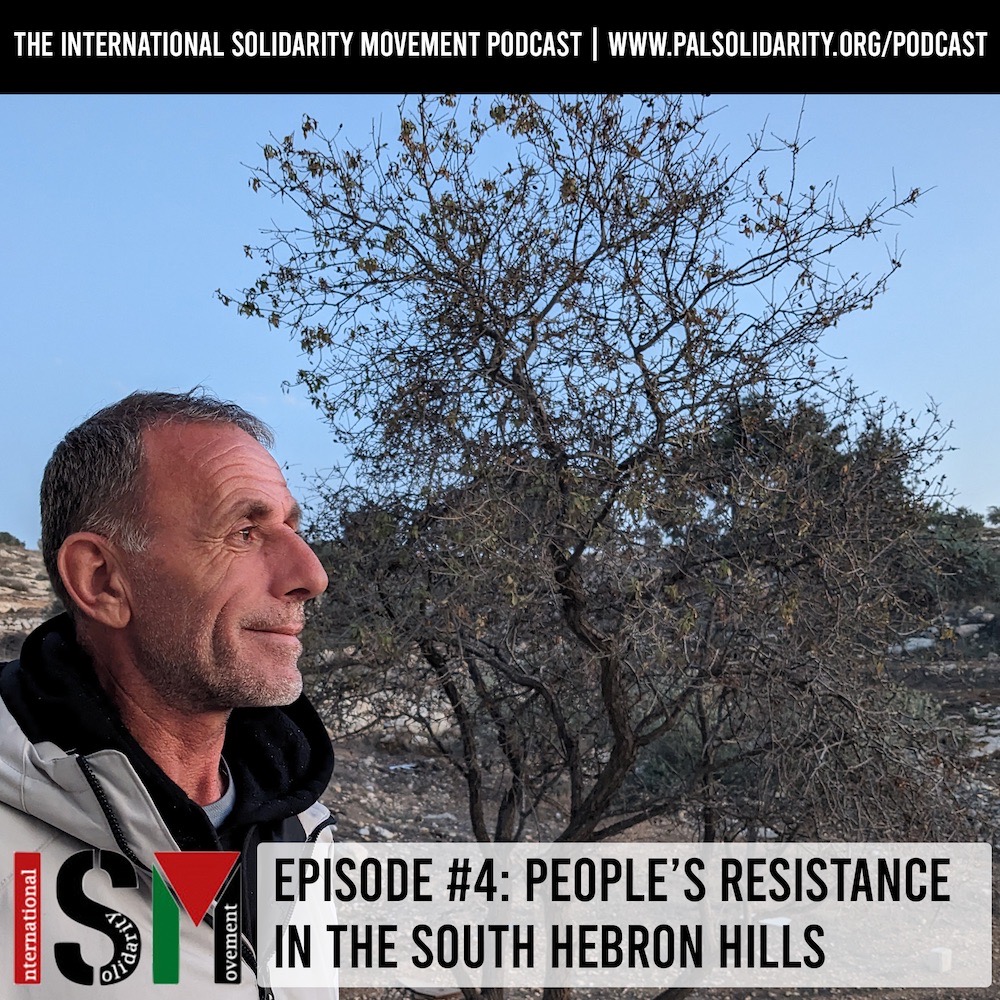Category: Hebron
-
Ethnic cleansing in Masafer Yatta reaches unbearable level: Call to Action
Masafer Yatta | International Solidarity Movement Colonial violence and ethnic cleansing is quickly escalating in Masafer Yatta, a rural region south of Hebron, in the West Bank. Settler militias are terrorizing Palestinians by invading their villages during pogroms, armed with assault rifles, often wearing Israeli army uniforms and accompanied by Israeli soldiers. Palestinians and ISM…
-
Revenge attacks in Masafer Yatta
16 October, 2023 | International Solidarity Movement | Masafer Yatta In the week since Israel began its onslaught on Gaza, soldiers and settlers have bulldozed homes, carried out night raids and attacked Palestinians across the Masafer Yatta region. Occupation forces have taken advantage of the state of emergency to escalate their violence and displacement…
-
The International Solidarity Movement podcast episode four: People’s Resistance in the South Hebron Hills
In the fourth episode of the International Solidarity Movement podcast we speak to Hafez Hurreini, a veteran organiser from the village of At-Tuwani. Hafez is the father of Sami, who we interviewed in episode three. When we did our interview, Hafez had a metal pin in his arm after a brutal attack by settlers in…



